Estimated reading time: 6 minutes
Fruit fly nets and nets to exclude birds and other animals can be key to your success with fruit growing.
Wherever you live, you’re trying to grow fruit in the same habitat as something that wants to eat your fruit. It might be fruit fly, birds, possums, rats, or bigger animals like kangaroos or deer.
If you don’t net, there’s a pretty good chance something else will beat you to the fruit.
If you want to grow fruit, it’s best to plan to net your fruit trees. You’ve no doubt heard us say it before, and we’ll inevitably say it again!
How to look after fruit fly and bird nets
So, you’ve followed our advice and put nets over your trees in spring or early summer. You’ve picked your wildly successful fruit crop, and now it’s time to put the nets away.

Nets are expensive, so it’s important to make them last as long as possible. There are lots of different types of nets available. Most nets are intended to last at least 10 years. It’s possible to extend that time considerably by looking after your nets properly.
So without further ado, here are the 6 steps to proper net care.
1. Mend the nets each year
By the end of the fruit season, nets have often been damaged by weather, branches, kangaroos, birds, or other misadventures. Mending them is often the easiest to do while they’re still on the trees. This makes it easier to see the holes clearly and access them for easy mending.
We use polypropylene fishing net mending twine and special needles. But as is often the case, there’s no need to buy specialist gear. Anything will do – baling twine, clips, cable ties, even twist ties can be useful.
2. Remove nets from the trees
If you’re removing drape netting and are a little height-challenged you may need to borrow a tall friend or two. Alternatively, find a nice long pole (or a broom). This can be used to help you to push the nets up and over the tree.
We highly recommend removing the nets while the tree still has leaves. The net tends to slide off much more easily. You may be able to remove the net by pulling from one side and hoping it slides off the tree. Removing nets from a frame is even easier, as the net will usually just slide over the frame.
Be as careful as possible to try not to break any limbs or laterals. Be particularly careful of the more delicate growing tips of the branches.
3. Remove debris from the net
Any twigs or branches that have become entangled, or any fruit that has become caught in the net, must be removed. The former is because it makes putting the net out next year a nightmare if there are snags in it. The latter is because the fruit must be disposed of correctly so it doesn’t harbour pests or diseases.
4. Label the net
If you’re netting multiple trees, labeling the nets will make next year’s job much easier. A label can make it simple to figure out which net goes with which tree!
5. Pack into rodent-proof covers
Rats and mice LOVE to live in nets in the winter. Putting out a net that rodents have lived in is a most unpleasant and smelly job.(And yes, that’s definitely the voice of experience.)
Ideally, find sealable bags or boxes that are large enough to accommodate your nets.
6. Store nets out of the weather
The whole point of taking your nets in each year is to prolong their life. It just makes sense to store them out of the weather.
Sunlight is actually the most destructive element for nets (after physical damage). If you’ve managed to do step 5 successfully and completely package the nets you probably could safely store them outside. But be aware, they may be more prone to invasion by rodents or insects.
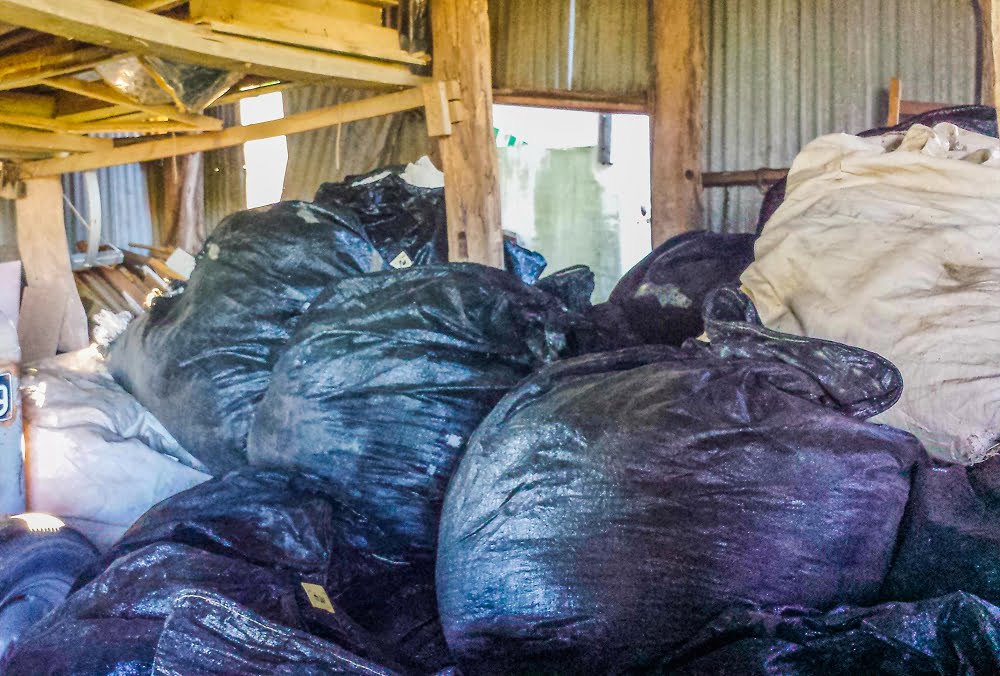
Fruit tree nets are a big investment
Buying and using nets on your fruit trees can cost quite a lot in terms of both time and money.
Firstly, there’s the capital expense of buying the nets. Generally speaking, the smaller the holes, the more expensive the nets. The type of nets you buy will depend on the main pest you’re trying to prevent. Fruit fly netting has tiny holes and is relatively expensive compared to bird netting.
There’s also quite a bit of time involved in putting the nets out and taking them in again each season. Building a permanent structure to hold them takes more time and money.
But a good netting system can revolutionise your fruit-growing life. Nets can make the difference between being very disappointed every season and harvesting a successful crop.
If you don’t have nets yet but have been meaning to do it, maybe this is the year! It’s worth spending a little time researching different systems to decide which one will suit you best.
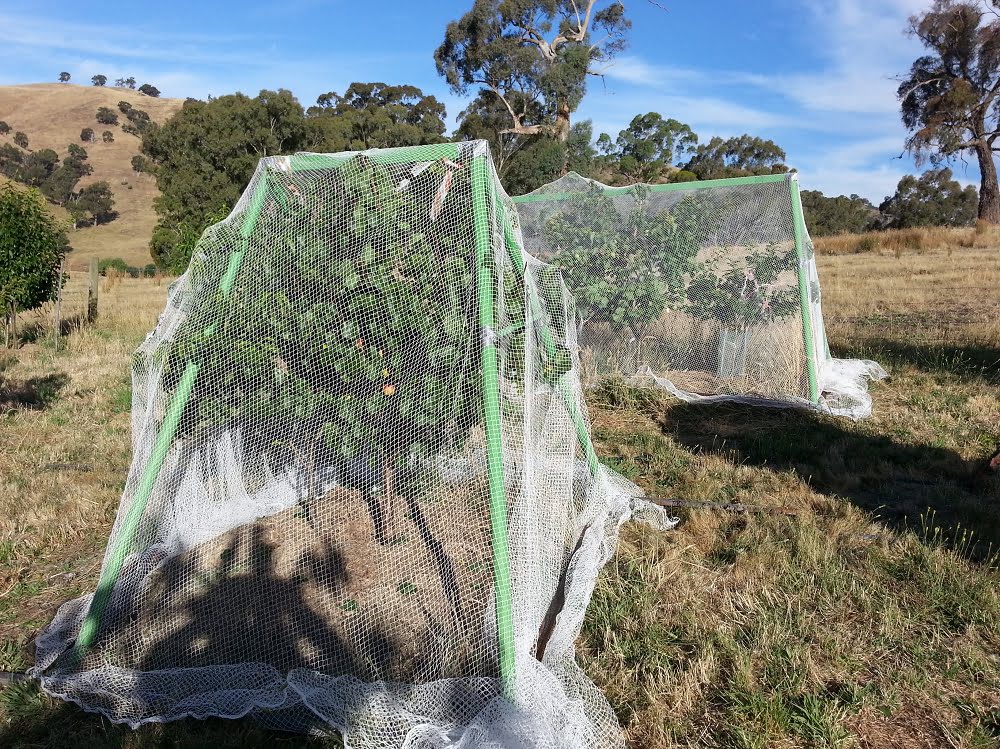
It takes a bit of time to put your nets away properly, but it’s time well spent. We can guarantee that you will thank yourself next season when you go to put them out again.
Related Articles
6 step plan for beating Codling moth in apples
The classic “worm in the apple” is actually the larvae of the Codling moth, a very annoying pest that needs a planned effort to prevent.
What You Need to Know About Pesticides
Growing organic fruit has never been so important, with new evidence showing pesticides escaping into the environment at scarily high rates.
How to overcome fear of insects in fruit trees
Are insects in fruit trees a bad thing or a good thing? Learning to appreciate insects is an important part of adopting an organic mindset.

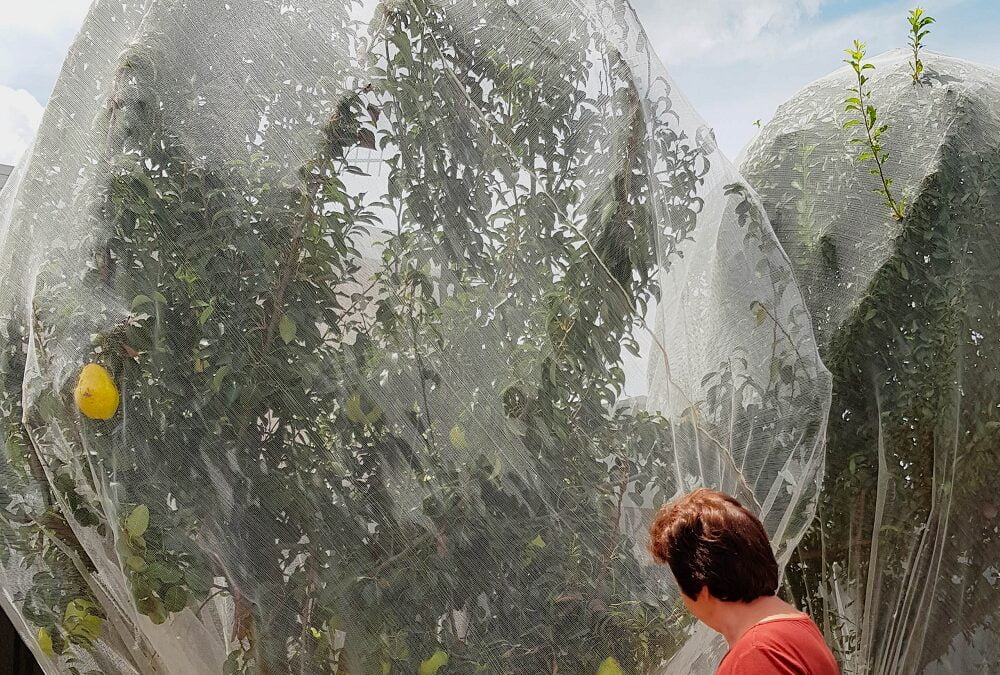
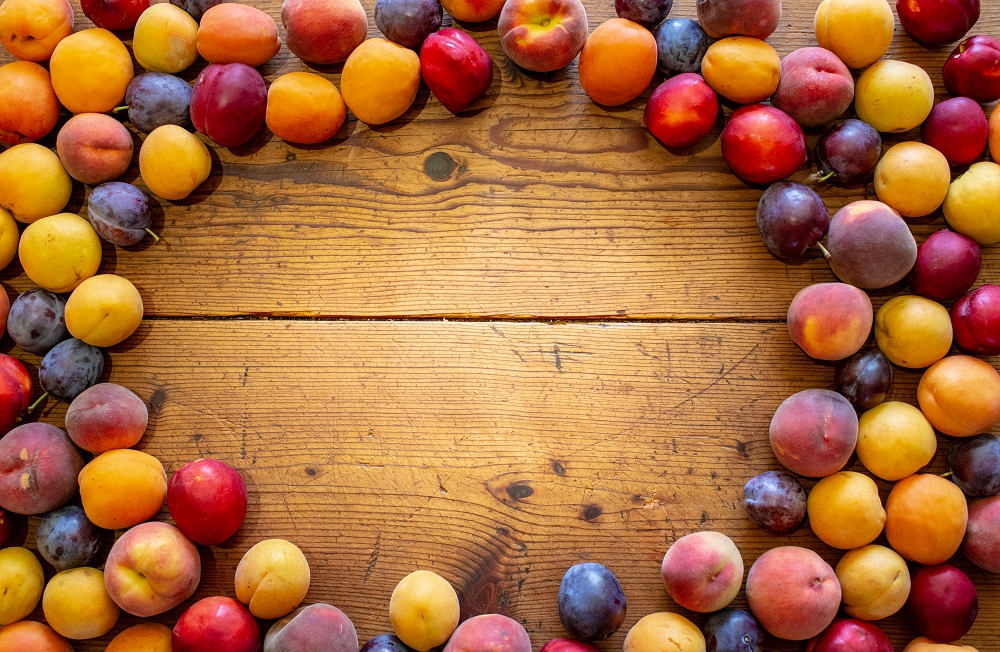
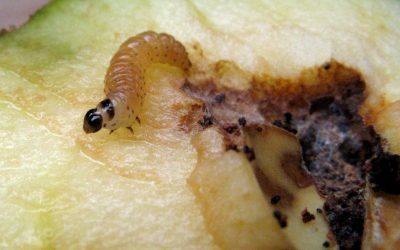
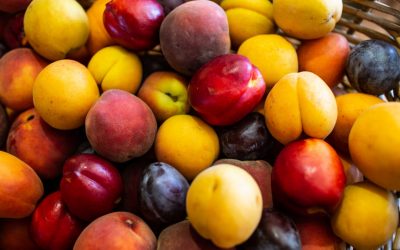

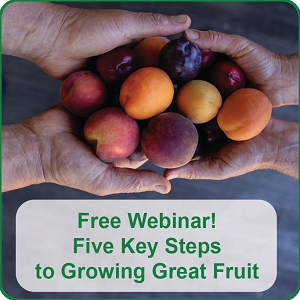
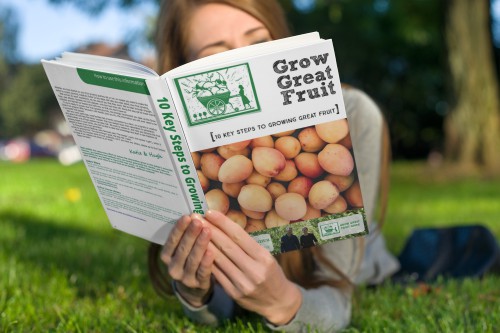
We’ve found netting trees to be extremely hard work! Putting on and off.
I’m hoping that my reducing the height of our fruit trees, netting will be a lot smoother.
Is this the case?
Hi Silvana, yes it is the case for sure. Having a frame over the tree makes a huge difference, as does taking the nets off. It’s really worth persisting to find a system that works for you, and keep improving it all the time, because the easier it is, the more likely you are to do it!
Any ideas on protecting passion fruit from bats and rats. I am on the Gold Coast and have a bumper crop of the yellow passion fruit ripening.
Hi Kerry, rats are the worst! So persistent, and often won’t be deterred by ordinary netting, so you may need to consider a more heavy duty option that involves wire and a permanent structure.
Thanks, these are great tips. our ‘new’ nets got held up from China (!) so next year we hope we can net more …with fruit fly nets! If you know of anywhere we can get them in Australia, please let us know…
Have you tried Net Pro Canopies at Stanthorpe? http://www.netprocanopies.com.au. I got mine fr5omn there but it was a few years ago.
Hi Liz, we’re currently working on researching domestic-scale fruit fly net suppliers..
I got mine from Aussie Gardner online, seemed like a good price, they have both fruit tree and vege garden nets.
https://aussiegardener.com.au/
2MM Woven Insect Fitted Tree Net 2.4M Diam. X 2.8M High
$47.50
Our nets came from China and we used them this year. We harvested and sold our fruit for the first time ever. These nets tied around the trunk and any fruit rolls into the gathered net and does not touch the ground. The net had a long zip you can use to check your fruit and pick as you go. A real game changer!
Congratulations Liz, that’s a fantastic outcome! Nets really do make all the difference between getting a harvest or not.
Hi, do you have the link to where you got your nets from please?
Good morning. I had some mould on my apples and plums this year. Would you recommend I decontaminate the nets prior to storage?
Hi Merryn, if you can see visible mould on the nets it’s worth hosing any debris off, but it’s very unusual for the nets themselves to be the source of contamination for next year’s fruit.
After removing debris, I washed my nets in the washing machine until all signs of mould had gone then hug them on the clothes line until they were dry
And for people who have more net than they can fit in the washing machine, a rinse with the hose would probably do the same job. Good idea Deborah! (Though just to be clear, most nets don’t need washing most years…thank goodness!)
Keen to hear what material you make the rodent proof bags from for storing the nets. Thanks!
Hi Sharon, We have bags made from blue building screening cloth – like shade cloth but lighter. Seems to work ok, but rodents are a real problem both in the orchard and in the shed.